Applications for Ohio Farm Bureau Health Plans now available
Members have three ways to apply: contacting a certified agent, calling 833-468-4280 or visiting ohiofarmbureauhealthplans.org.
Read MoreTill, no-till. Organic and conventional. Throw in some unique poultry and a goat fittingly named Jack “Free-Range” Willis and you have a sense of the “everything but the kitchen sink” nature of the land Union County Farm Bureau member Ron Burns farms.
This year in Our Ohio magazine, we’re going to take a pictorial look at a “year in the life” of Ron Burns and his fiancée, Melissa Downerd, from planting to harvesting crops and everything in between.
Spring, of course, brings much activity to the 250 acres Burns manages on the 1,500-acre family farm operation. It’s nearly time to get the soil ready for planting season and get those seeds into the ground.
Farmers across Ohio will soon be gearing up for spring planting, with most of the work coming in April and May (unless the weather fails to cooperate).
Burns tills and fertilizes his fields in preparation for the planting of his diverse crop plan. He grows both organic and GMO crops using no-till practices for his corn, wheat, soybean and hay rotation.
His wheat cover crop planted in the fall, goes dormant in the winter and will start growing again this spring. It will be harvested in July.
We’ll have more on that and other practices on the farm throughout the year. You can also follow Burns on social media. Search the hashtags #RBEQUIP and #245Organic on Instagram, Facebook and Twitter. He is “GraysonGrains” on Snapchat.
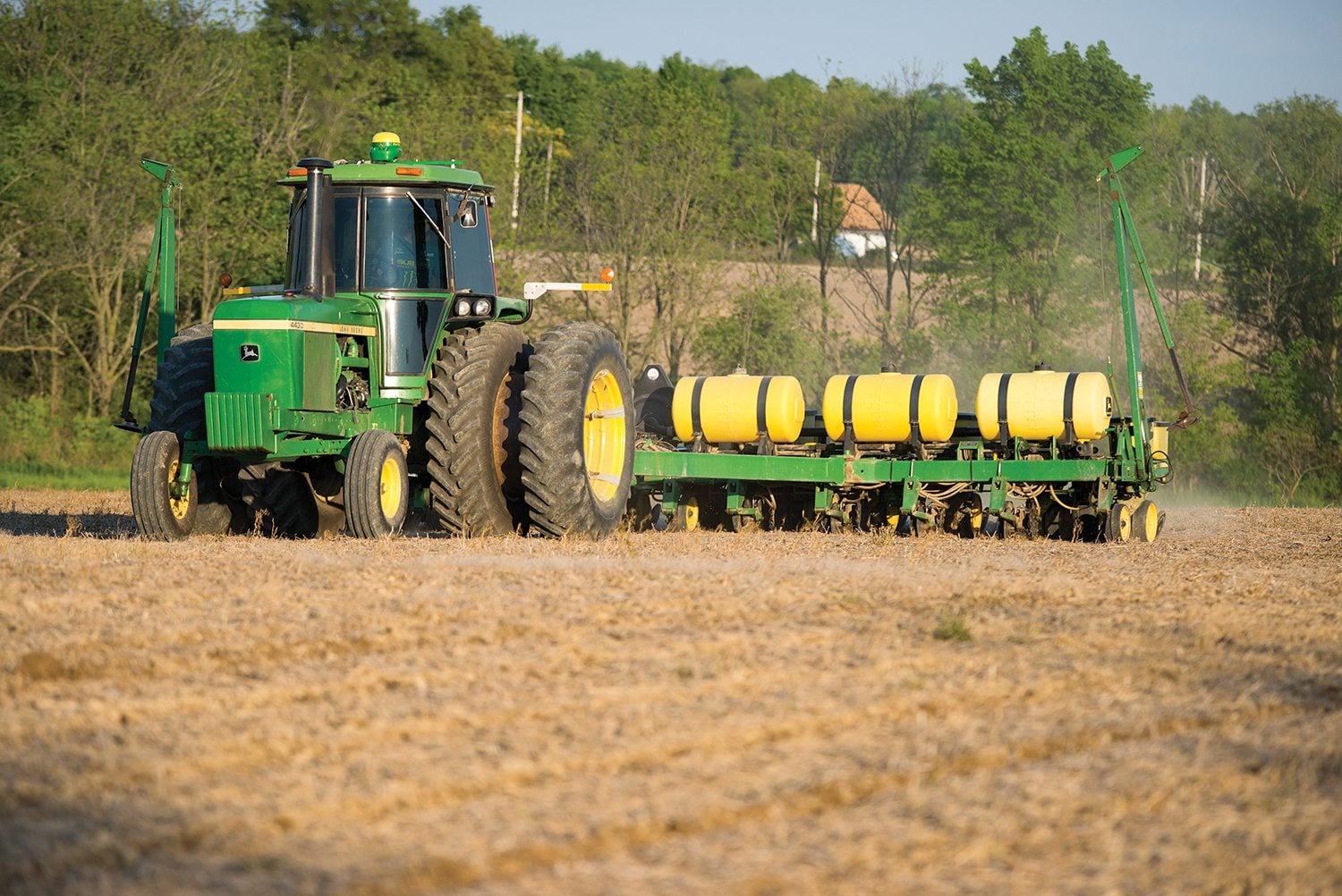
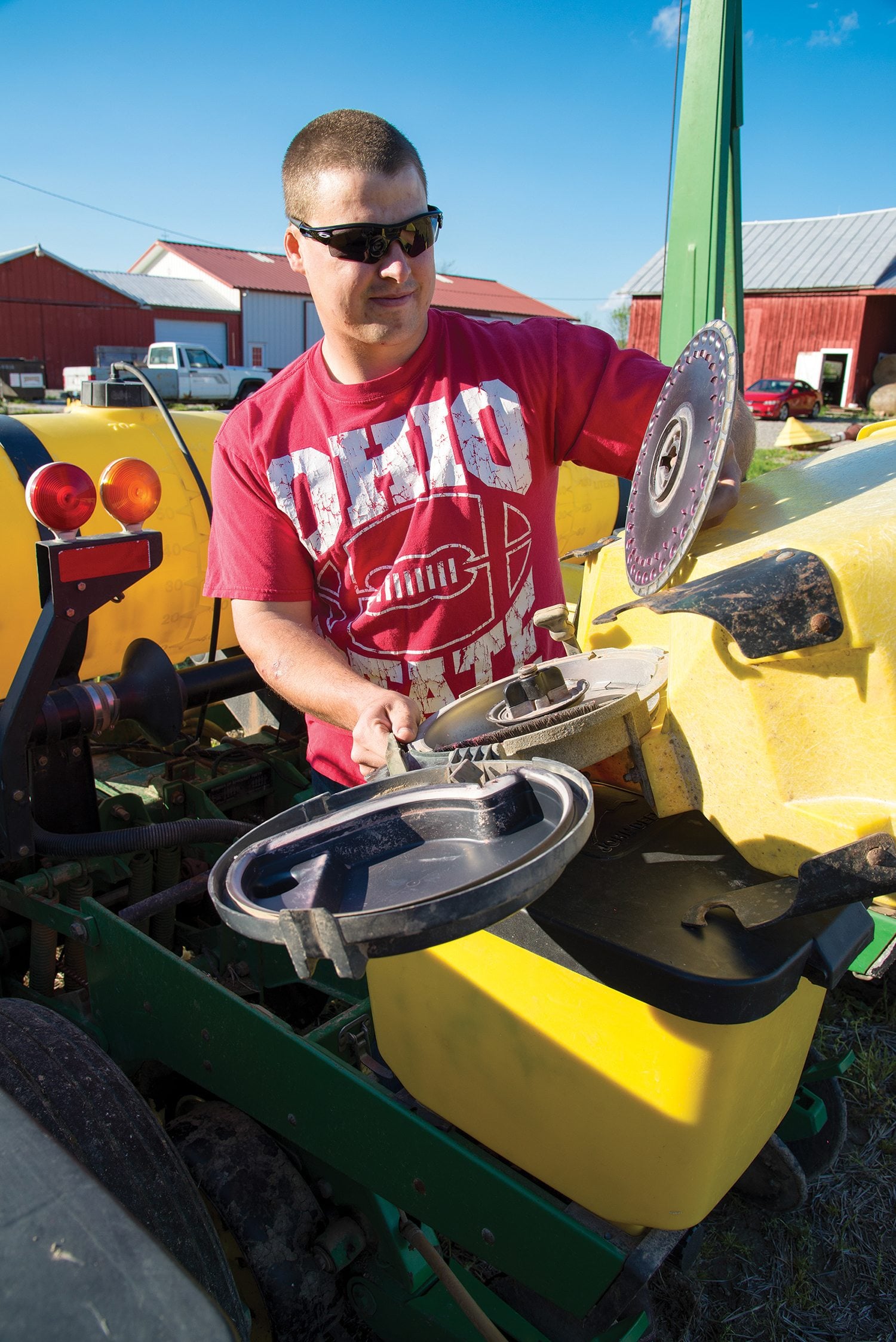
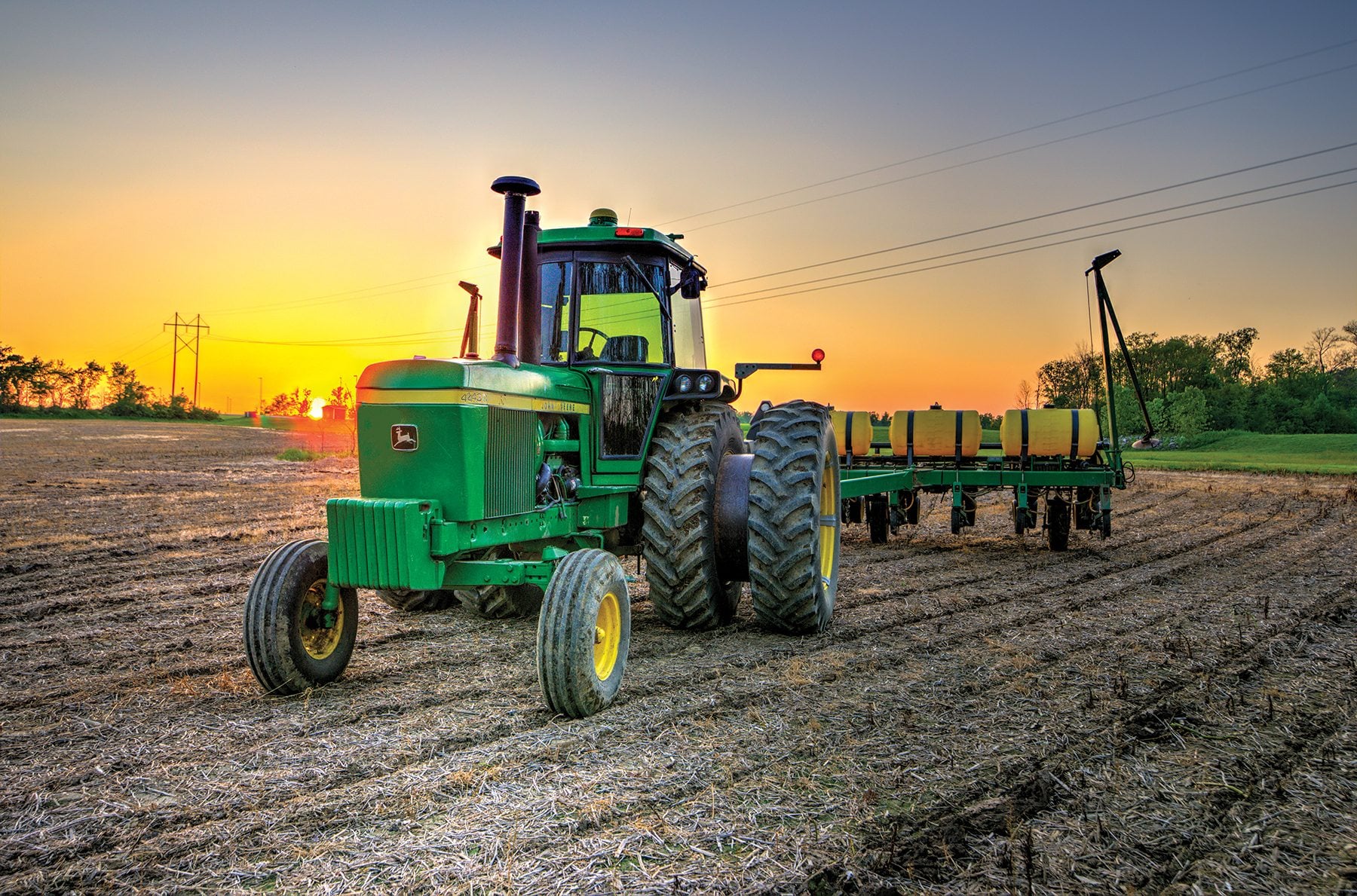
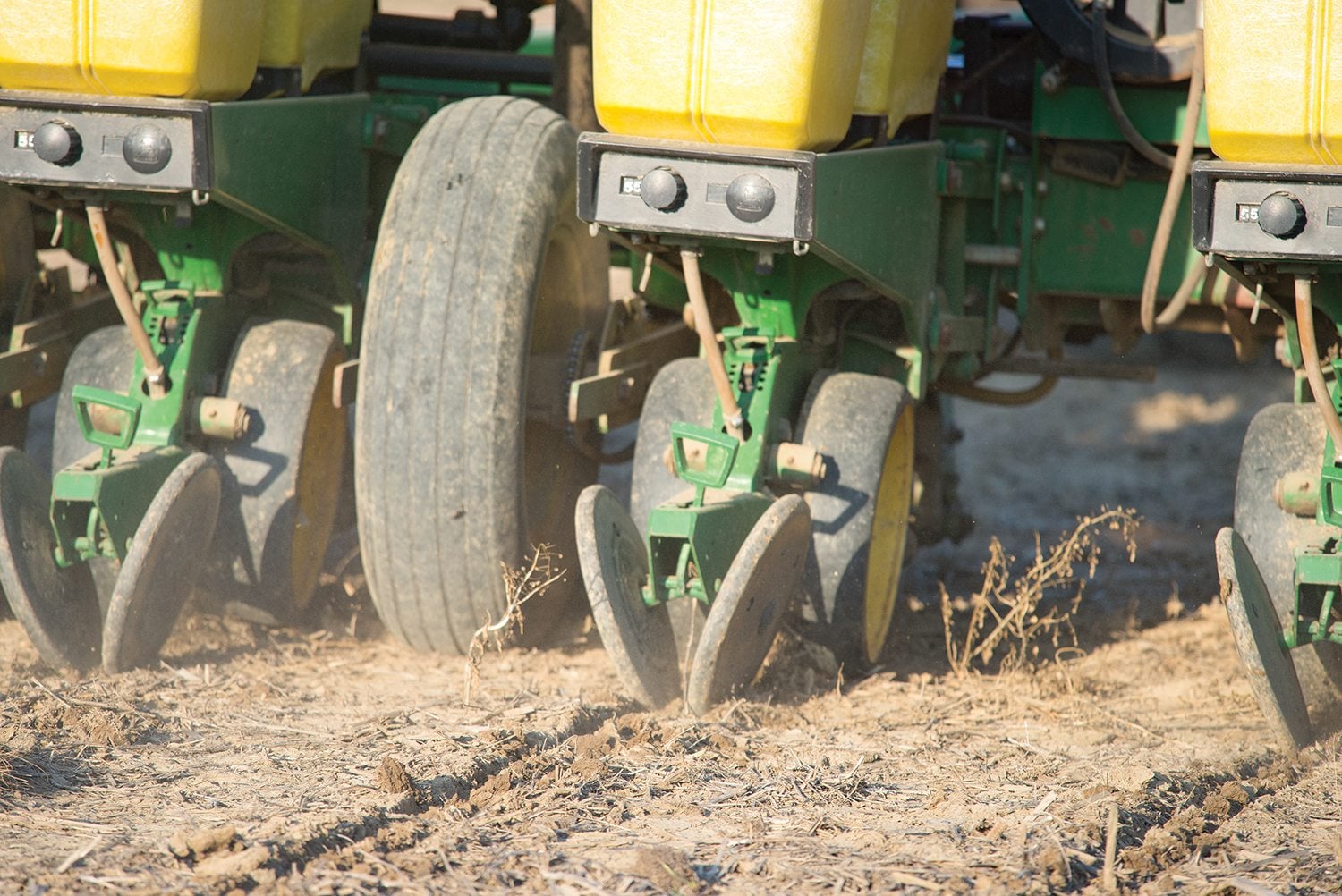
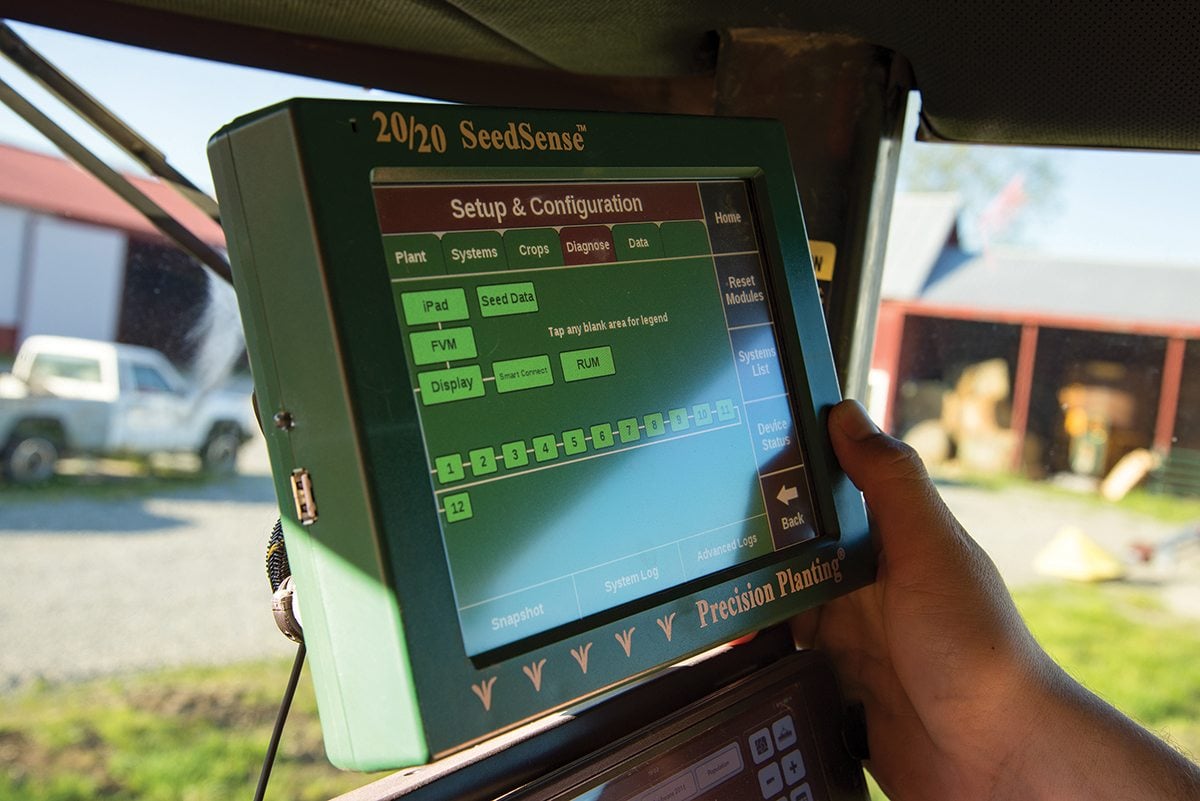
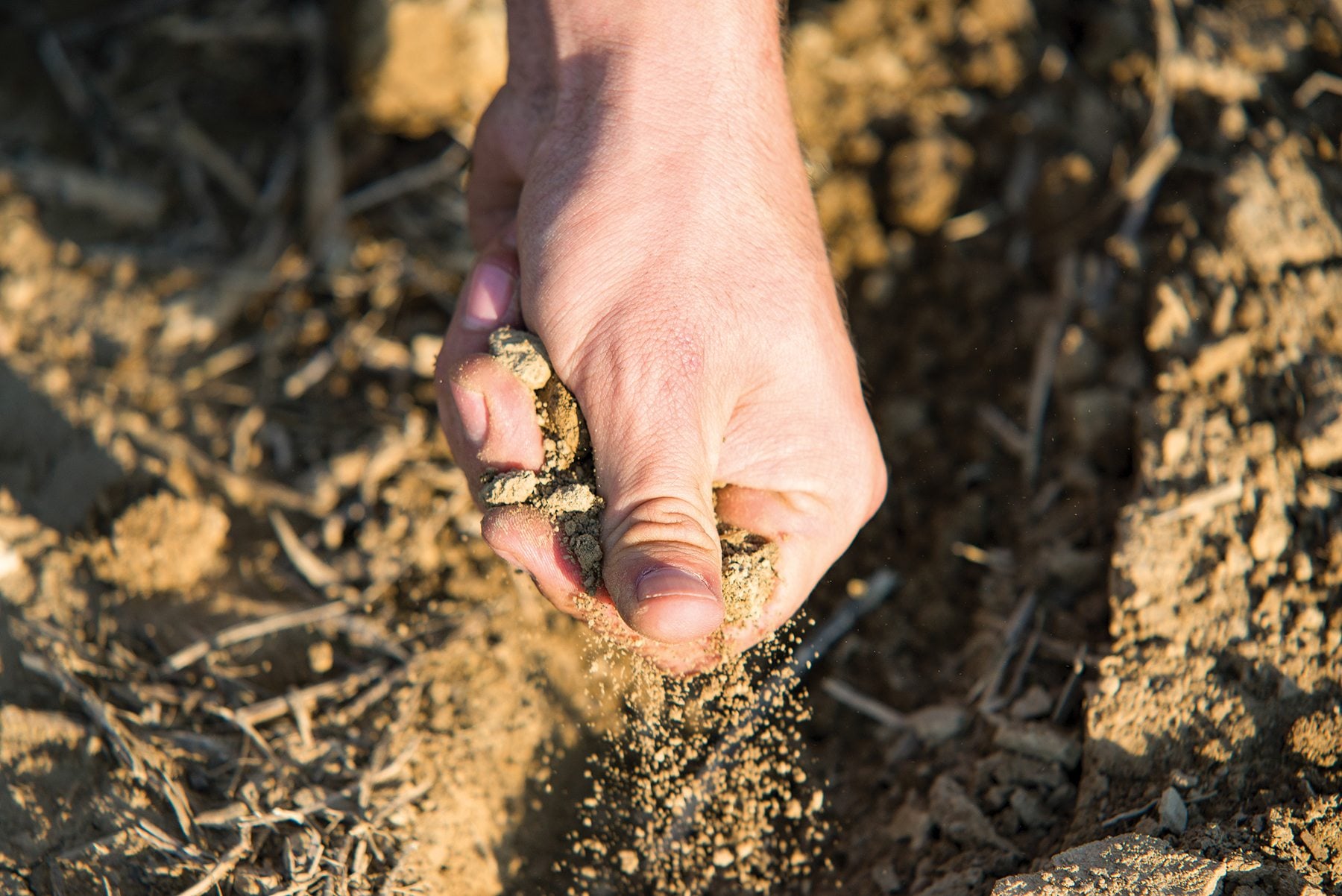
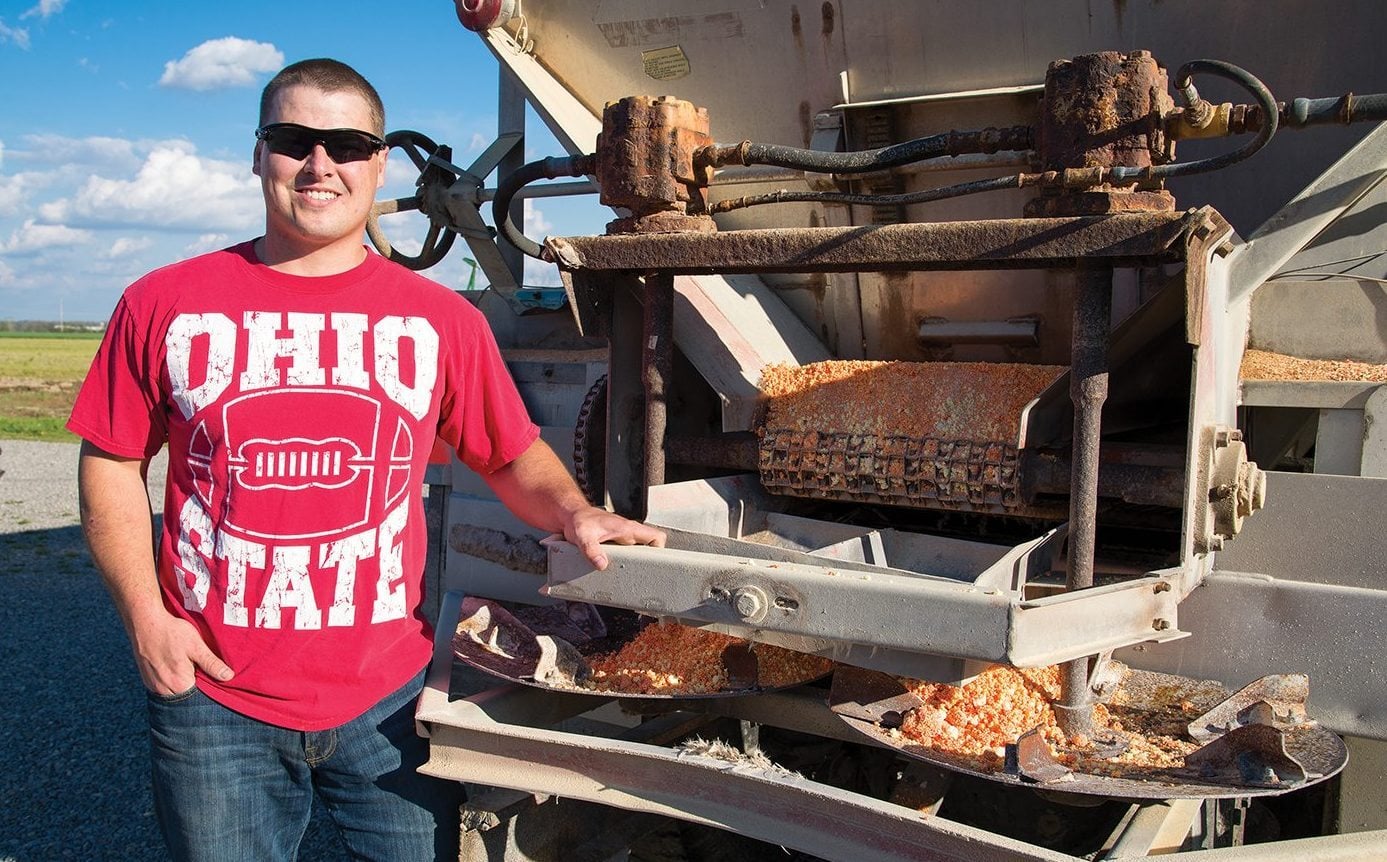
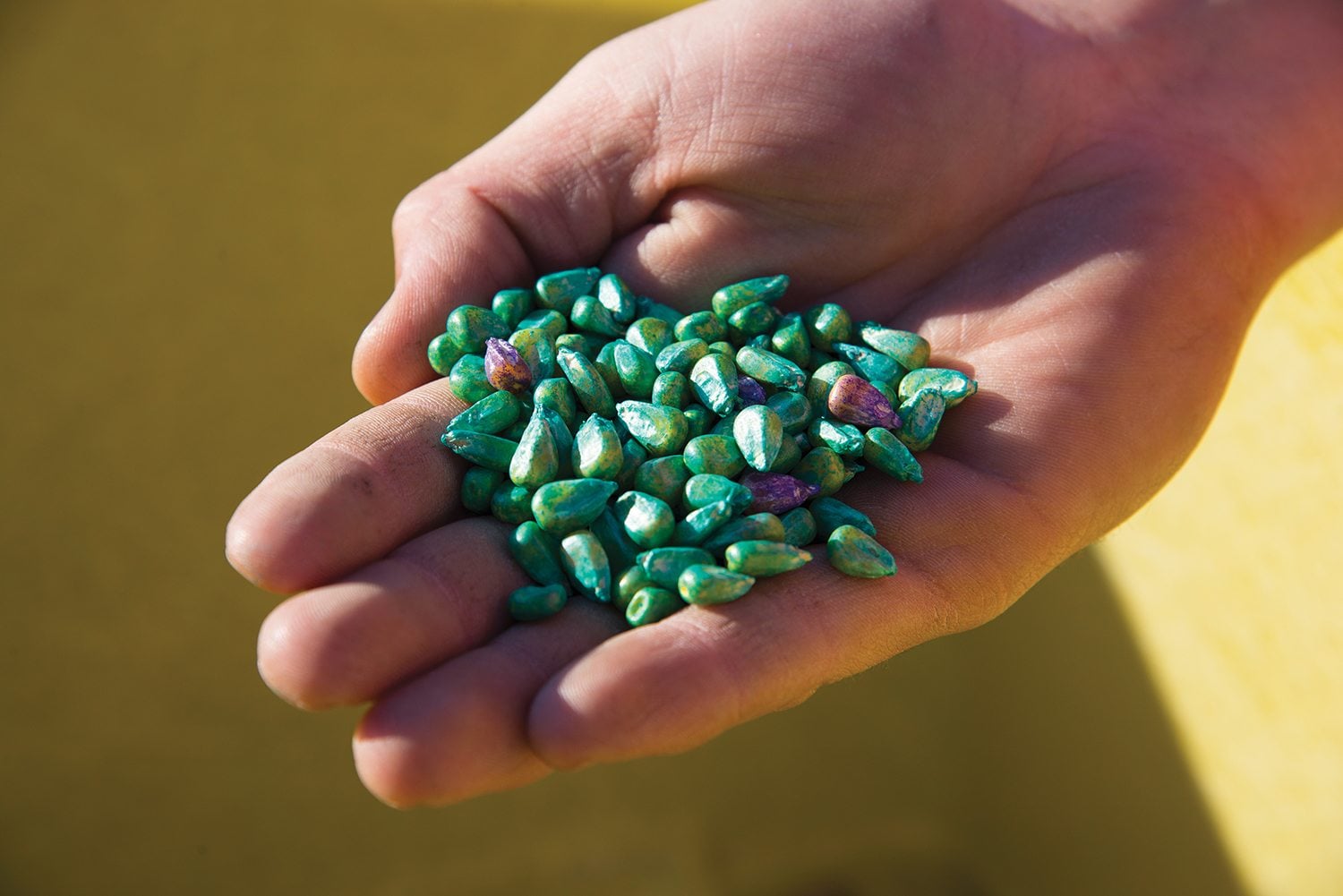
Photos by Dave Gore
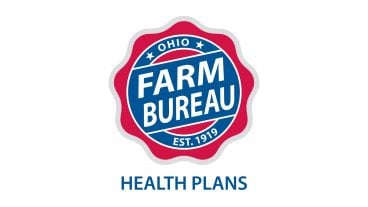
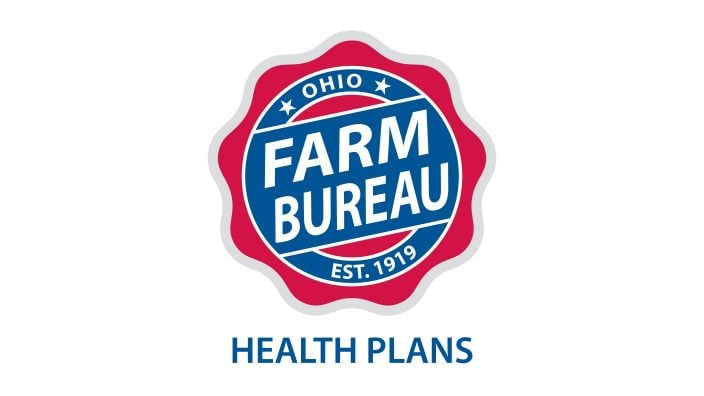
Members have three ways to apply: contacting a certified agent, calling 833-468-4280 or visiting ohiofarmbureauhealthplans.org.
Read More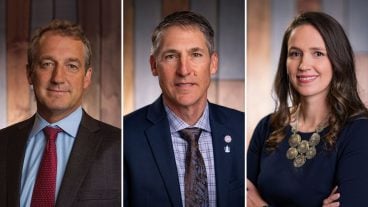
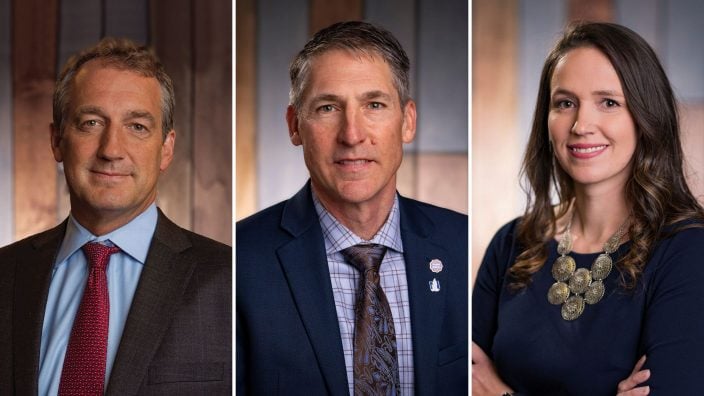
Bill Patterson, Cy Prettyman and Adele Flynn will continue to serve as officers for Ohio Farm Bureau Federation.
Read More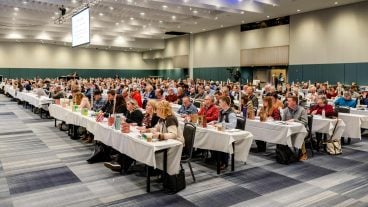

Delegates discussed many topics impacting agriculture including farmland preservation, local foods, and succession planning.
Read More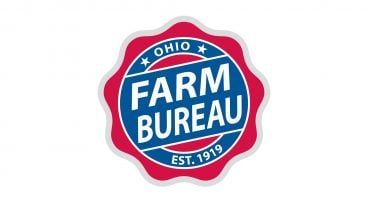
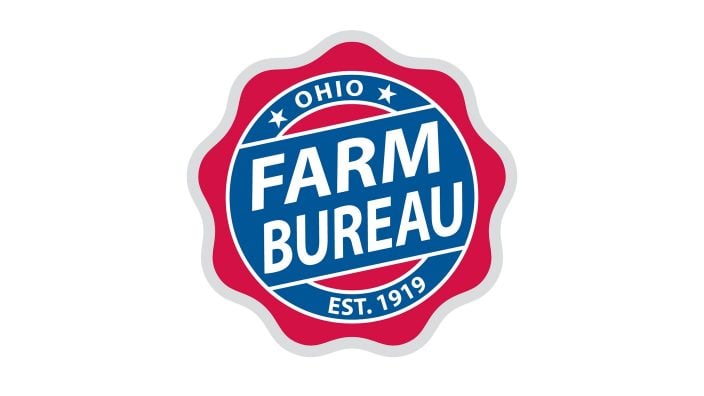
Twenty-six farmers govern the state’s largest farm and food organization.
Read More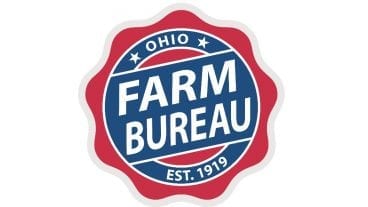

The 2025 recipients are Fred Cooke (posthumous) of Richland County, Marvin Dietsch of Williams County, Steven Knollman of Hamilton County and Michele Miller (posthumous) of Ottawa County.
Read More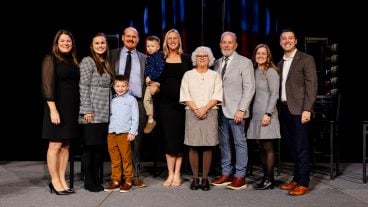
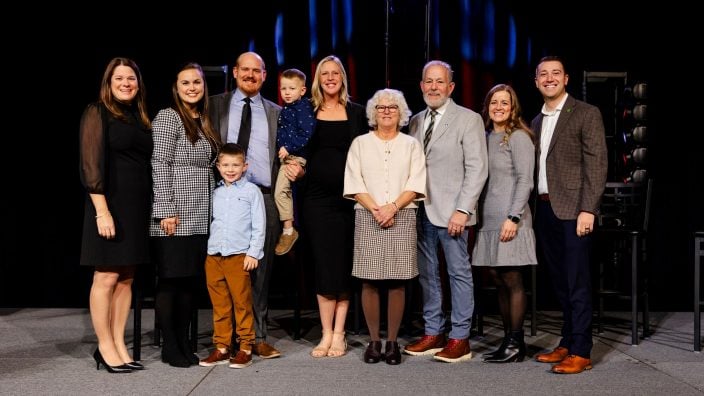
Nathan and Jill Parriman grow seasonal crops, including Christmas trees, pumpkins and cut flowers, providing U-cut experiences that invite customers to engage directly with agriculture.
Read More
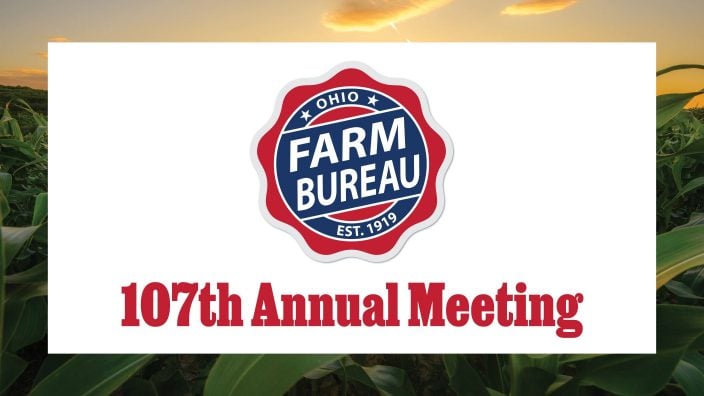
The 2025 Distinguished Service Award recipients are Craig Adams, Mike Townsley, and Kellogg Farms, Kurt Farms and Stateler Family Farms.
Read More

Ohio Farm Bureau Treasurer Adele Flynn participated in the meeting, representing Ohio farmers.
Read More

For Ohio and PJM region, the outlook is reassuring—ample reserves and strong planning should keep the power on.
Read More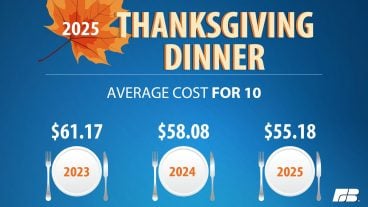
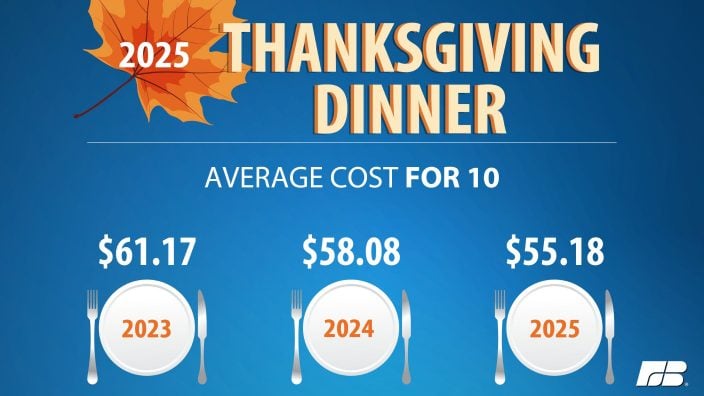
The average price for a classic holiday feast for 10 in Ohio will cost $55.87.
Read More